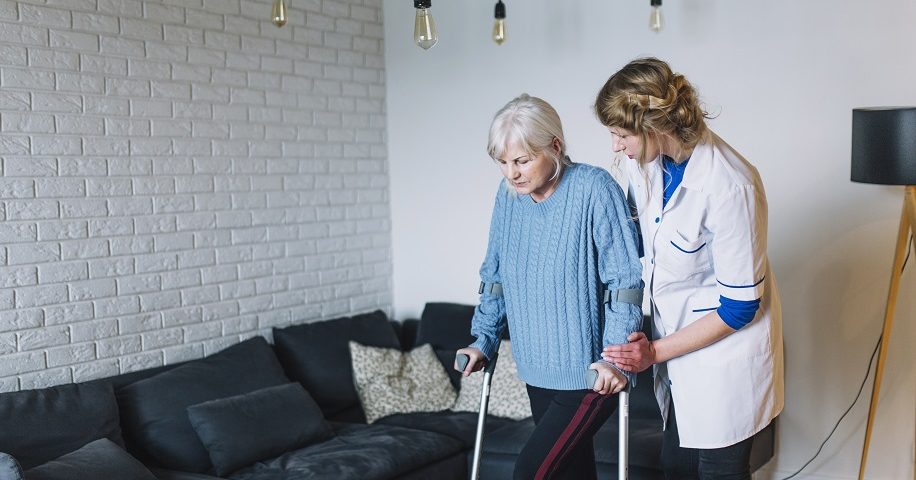Using electrical energy to unfreeze gait

Parkinson’s NSW Support Groups online Community
6th April 2021
Students connect with seniors to demystify digital world
6th April 2021Using electrical energy to unfreeze gait

Using electrical energy to unfreeze gait
Some people with Parkinson’s disease experience freezing of gait every day. Unfortunately, medication that reduces motor symptoms of this disease doesn’t usually help with freezing.
At McGill University in Montreal, Canada, PhD student Alexandra Potvin-Desrochers is investigating the connectivity between the regions of the brain involved in freezing.
Her aim is to determine whether combining rTMS—repetitive Transcranial Magnetic Stimulation—with balance and gait training will reduce freezing and improve the daily lives of people with Parkinson’s.
Freezing in place while walking, which can also result in falling, is an aspect of Parkinson’s some people experience daily. Often, freezing contributes to social isolation, because people are afraid to leave home in case they get stuck or fall.
Alexandra Potvin-Desrochers has already demonstrated that in people with Parkinson’s, there is increased connectivity between the areas of their brain responsible for sensory processing and visual-spatial processing (compared with the brains of people with Parkinson’s who don’t experience freezing of gait).
Her hypothesis is that freezing occurs as a result of an overload in the processing of a variety of inputs into the brain – including messages from the cognitive, limbic, and motor and sensory regions.
Now Potvin-Desrochers is using rTMS – repetitive Transcranial Magnetic Stimulation – to pinpoint the precise areas of the brain involved in processing sensory data.
This non-invasive technique places a magnetic coil on the scalp and creates a low-level magnetic field to stimulate or reduce the activity of the neurons in the areas of the brain it is placed above.
Potvin-Desrochers is determining whether treating people with Parkinson’s with rTMS can reduce freezing.
By changing the placement of the magnetic coil and then testing people’s walking ability, she’ll locate the precise areas of the brain that are involved. Ultimately, she hopes to combine rTMS with balance and gait training to see if people get better results than with balance and gait training alone.
Source
- e-ParkinsonPost
- Parkinson Canada



